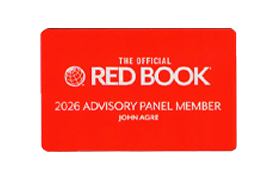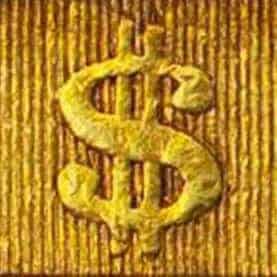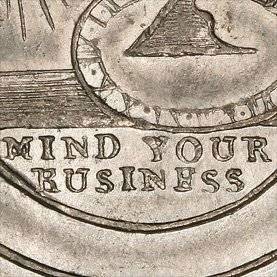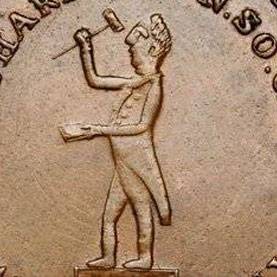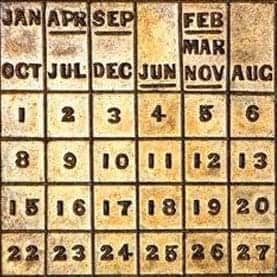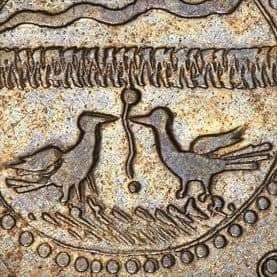April 14, 2007: What should you do with a sub-par coin?

Let’s say you have a coin in your collection that really isn’t up to snuff.
And I don’t mean one that is too low grade, or not expensive enough. I mean one that is an inferior example of whatever grade level it is.
Maybe you have a nice run of XF/AU large cents, but one has been cleaned or recolored and you didn’t realize it. Or maybe it has a scratch, or damage or even a hidden repair. Or maybe it’s spotted, stained or just not attractive.
In other words, you probably made a mistake when you bought it. You are no longer enamored with it. But now you own it.
So what do you do? Well, you have several options:
1. Do nothing.
Accept the fact that not every coin in your collection has to be nice for the grade and just keep it.
In fact, a quick perusal of any of the major collections ever assembled – the Eliasbergs and Garretts and Norwebs – reveals that most all of them had at least a few inferior coins. And some were head-scratchers, relatively inexpensive or common items that probably could have been readily replaced through the years, but weren’t. There could be many reasons for this. Maybe the coins had sentimental value. Or maybe they were kept as reminders of mistakes made. Or maybe the owner never knew that they were below par. Or maybe they never got around to it. Or maybe they didn’t care.
And while we have great respect for the numismatic giants, we don’t believe in doing nothing. In our view, keeping an inferior coin is not advisable on several levels. It probably provides little joy of ownership. A bad coin brings down the overall appeal of your entire collection. And it is not likely to be a good store of value.
2. Wait until you acquire a suitable replacement and then sell the inferior coin.
This seems to be the approach taken by many, if not most, collectors, as they fill slots with the best coins available at the time of purchase and then look to upgrade or improve pieces gradually when they get the chance.
In fact, we know of a few collectors who specifically tried to go for completion first regardless of quality, then set out to upgrade and improve their collections as a second step.
But that’s definitely not how we would do it. We may be in the minority here, but we would prefer to have an empty slot than an inferior space filler. So we wouldn’t wait.
3. Dump it.
Make it go away as quickly as possible, as even looking at it is a painful experience.
We’ve seen this sort of emotional knee-jerk reaction from time to time with collectors who, as soon as they realize a coin isn’t good enough for their collection, look to get as far away from it as possible, as quickly as they can.
We certainly don’t recommend this approach, as selling a coin in haste and too cheaply only compounds the earlier mistake.
4. Make the decision to divest it, and then systematically and carefully go about trying to recoup as much money as possible for it.
This is what we would do ourselves, and is what we recommend for our clients. If you have a coin in your collection that isn’t good enough to keep, then we would recommend you start the process to sell it.
We work with clients all the time to evaluate their holdings, recommend what to keep, help identify sub-par coins and develop a plan to divest them through appropriate sales and auction channels where they have the best chance to recoup the most money in today’s market.
And if you do that, you’ll have more money to spend on good coins which are worth keeping.

